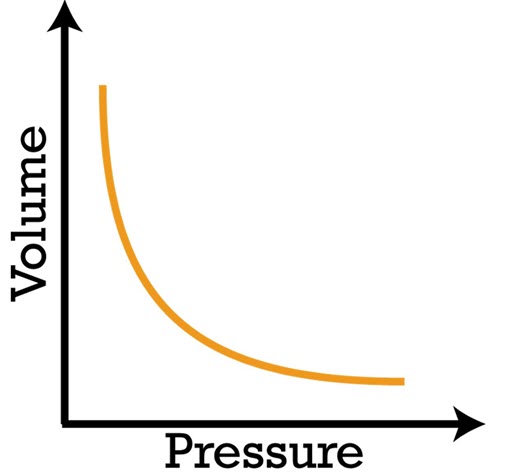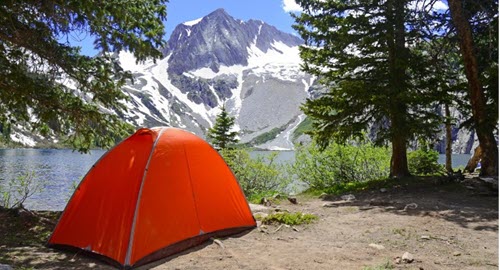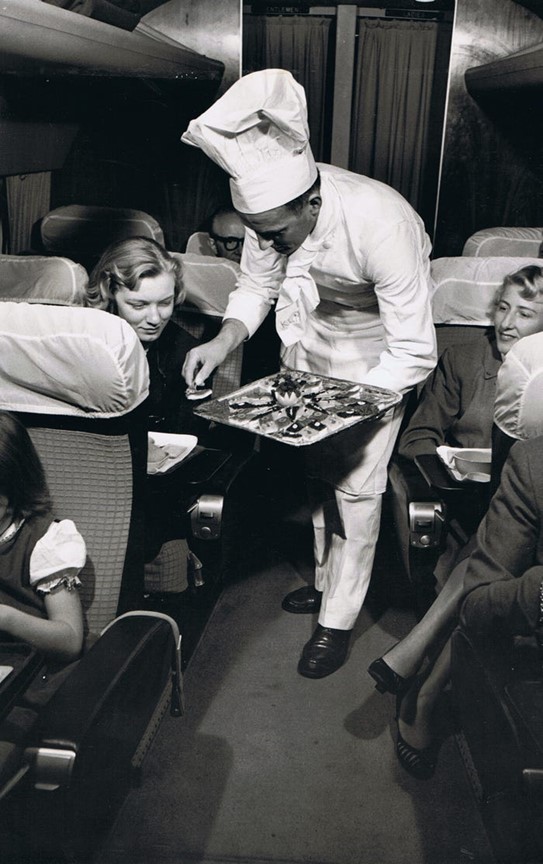Brian Brenner, P.E., F.ASCE, is a professor of the practice at Tufts University and a principal engineer with Tighe & Bond, in Westwood, Massachusetts. His collections of essays, Don’t Throw This Away!, Bridginess, and Too Much Information, were published by ASCE Press and are available in the ASCE Library.
In his new Civil Engineering Source series, More Water Under the Bridge, Brenner shares some thoughts each month about life as a civil engineer, considering bridge engineering from a unique, often comical point of view.
As you probably know, Boyle's Law states that the volume of a given amount of gas held at constant temperature varies inversely with the applied pressure when the temperature and mass are constant.
In other words, as applied pressure decreases, the volume of gas increases, and vice versa.

For our discussion, let us assume that temperature is kept constant as well as mass. Therefore, the only variable is external pressure.
Before going further, I’ll point out that varying temperature was actually a consideration in a well-publicized application of Boyle’s Law that rocked New England a few years ago. It was not an impact to a transportation system, but it did impact football performance.
This was the story of Deflategate, when former New England Patriots hero Tom Brady was accused of deflating footballs to his potential advantage. Some commentators noted any perceived pressure decrease was due to colder temperatures and not any nefarious action by the quarterback. You could determine this via Boyle’s Law.

But that is in the past, and we have more pressing things to discuss. An episode of the popular podcast Radiolab reviewed a group of issues impacting flying comfort. One issue concerned an application of Boyle’s Law. It seems that air pressure in a plane cabin is not the same as at sea level, but it is maintained at about 80% of sea-level pressure.
The reduction makes sense, because as a plane rises to its cruising altitude, it is desirable to reduce the pressure differential between the inside and outside of the plane. A greater internal air pressure, while maybe better for passenger comfort, would also result in a greater pressure differential, leading to more stress applied to the frame of the plane.
The podcasters noted that the reduced cruising air pressure was akin to being on a mountain at an elevation of 8,000 feet. Two podcasters remembered the time they went camping in Colorado. They experienced an application of Boyle’s Law. They had a great camping trip, at least at first. The Rockies were a nice place to camp, with soaring peaks and pristine, windswept mountain meadows. They found a beautiful site high up on a rocky knoll. They had carried all their supplies in tightly packed backpacks, including a small two-person tent. They set up their tent, had a hearty dinner of baked beans and other legumes (I don’t know for sure if they had a hearty dinner of baked beans and other legumes so I may be extrapolating here), and then settled in for the night.
Soon after, per Boyle’s Law, the reduced high-altitude pressure resulted in volumetric increases and certain impacts on their digestive systems. The previously graceful and serene campsite was less so overnight, and after a few more nights of this reduced serenity, the campers decided to pack up and climb back down the mountain.

In the podcast, the camping story was presented as being related to flying in a plane. A commenter noted that, like clockwork, every time she flew, she experienced certain impacts to her digestive system. Boyle’s Law could explain these impacts. Flying was similar to camping at an elevation of 8,000 feet, and thus we have the connection to the story about camping. Subsequent podcast discussion was about strategies to manage these digestive system impacts.
I was curious whether Boyle’s Law affected not only humans when flying, but other flora and fauna. My colleague and friend, bridge engineer Eric, has experience with the transport of horses cross-country. When being transported, the horses do not gallop cross-country but are packed on a plane. Not in a box, but in specially prepared stalls.
Based on Eric’s experience, horses do not seem to experience undue digestive impacts from flying, but in general experience some distress due to travel. More information can be found here: https://www.fei.org/stories/lifestyle/health-fitness/flying-groom-horse-digestive-health.

The Radiolab podcast was recorded just before Christmas. It was expected to be one of the most widely traveled holiday seasons since the pandemic. The podcasters recorded their show just before the impact of a horrific cross-country storm and subsequent meltdown of a major airline. I was listening to the two stories at about the same time, in the comfort of my warm home, many, many miles from an airport (fortunately for me).
The air-traffic meltdown was triggered by an act of God, but apparently it was exacerbated by poor planning and outdated systems software. Thousands were stranded across the country as intricate flight schedules unraveled. Considering the Radiolab story, I wondered: with so many people trapped in airports, or caught up in the air, or just delayed for days, were there substantial issues associated with certain digestive system impacts due to Boyle’s Law?
This potential impact was not widely reported, or reported at all. But it can be inferred by circumstances that this was most likely another factor to be considered.
Application of Boyle’s Law to transportation engineering helps to quantify what is happening in some cases, but its application does not explain why. A general trend in transportation has been the reduction of service quality over time. The unfortunate travel events of the 2022 holiday season provide one extreme example. As airplanes and routes became increasingly available and affordable, air travel was initially thought to be civilized and even glamourous. Passengers would dress in fine attire to travel. Service would include finer foods and beverages, with civilized accommodations.

But over time, glamorous air travel gave way to a more pedestrian experience. In place of fine foods and wines, passengers decked out in their sweats would maybe receive small bags of nuts. This reduction in quality of service can be found in all modes of travel, not just air travel.

Maybe we can apply Boyle’s Law to explain things after all. After new and shiny modes of travel were established, the external pressure was then for inexpensive and fast travel. In this equation, something had to give, and that has been comfort and service. During the first large-scale returns to travel in 2022, the minimum level of service that may have been available in 2019 has barely been available at all. You may even have to pay for your small bags of nuts.
Maybe we will get back to a new equilibrium in the “new normal” with a return to some modicum of service. But for now, travelers experience various configurations and conflagrations of expanding gasses, and this can be explained by Boyle’s Law.




